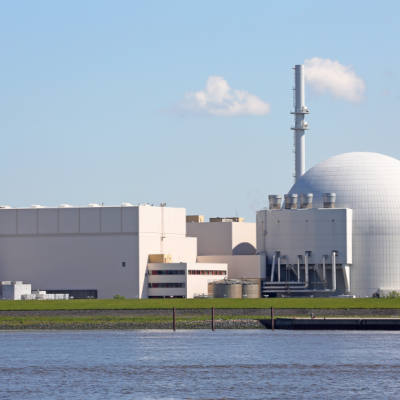Helion Energy, a start-up company, has announced its plans to achieve net energy production through nuclear fusion by 2024 and to operate a fusion power plant by 2028. This is a significant milestone in the field of nuclear fusion, as no research facility has yet developed a functioning fusion power plant. Helion Energy has been working on this groundbreaking technology for the past ten years and has the experience of six prototypes to back it up. The company has also achieved the milestone of being the first private company to reach a plasma temperature of 100 million degrees Celsius.
Unlike traditional methods such as Tokamak or Stellarator, Helion Energy uses a pulsed-based process for power generation. This involves heating two fuel collections to plasma and rapidly colliding them against each other, creating a high compression that triggers a fusion reaction. The process repeats itself within a second. Helion Energy uses a specific mixture of the hydrogen isotope deuterium and a helium isotope for energy production, which significantly reduces the plant’s radioactivity. However, the required helium isotope, helium3, is extremely rare, and Helion Energy has developed a patented process to produce it from a side reaction of deuterium in a specially designed plant.
The question of whether Helion Energy’s approach can produce more energy than is required for fuel production and reactor operation is a subject of debate in the scientific community. Some critics argue that the fuel mix chosen by Helion Energy requires higher energy and temperature requirements for fusion than the conventional mix of deuterium and tritium. Despite this, Microsoft has already signed a deal with Helion Energy as part of its efforts to become carbon neutral by 2030. The partnership is a small part of Microsoft’s renewable energy purchase agreements, which currently total 13.5 gigawatts, nearly 300 times the capacity of Helion.










